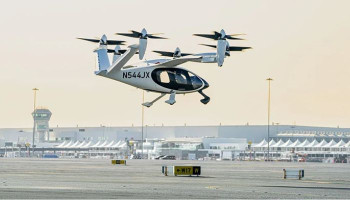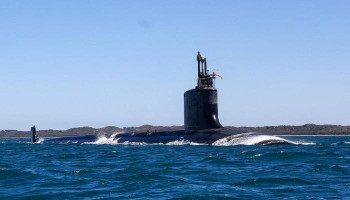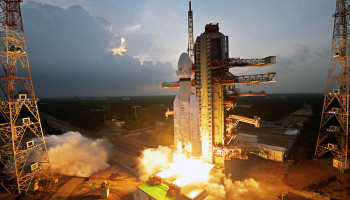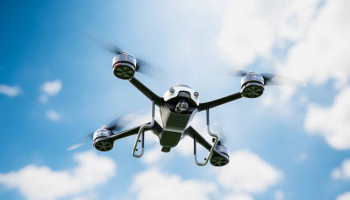
In a groundbreaking move aimed at establishing itself as a formidable contender against Elon Musk's Starlink, Amazon has successfully launched its first 27 Project Kuiper satellites into low Earth orbit.
Marking its entrance in the rapidly advancing realm of satellite internet, Amazon propelled the Kuiper satellites into space using a United Launch Alliance (ULA) Atlas V rocket.
The ULA lifted off from Cape Canaveral Space Force Station in Florida a bit after 7:00pm (ET), following a delay caused by unfavourable weather.
Project Kuiper VP Rajeev Badyal termed the heavenly ascent of Amazon's first Kuiper satellite constellation the “beginning” of the company's long-term vision for the project, according to Reuters.
With a significant $10 billion investment plan, Amazon has been ambitious about creating a worldwide broadband network using over 3,200 satellites.
Designed to provide internet access to underserved regions around the world, the Kuiper project was initially announced in 2019. Amazon Kuiper's commercial internet services are expected to begin by the end of 2025.
Amazon's Kuiper satellites will operate at an altitude of around 450 kilometres, paving the foundations of the project's enormous satellite constellation.
To align with US regulatory requirements, Amazon is obliged to deploy half of its 3,200-satellite-strong network by mid-2026, for which it has secured over 80 launch agreements with providers such as ULA, Arianespace, Blue Origin, and SpaceX.
















